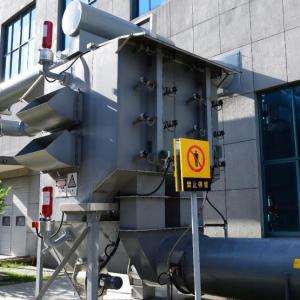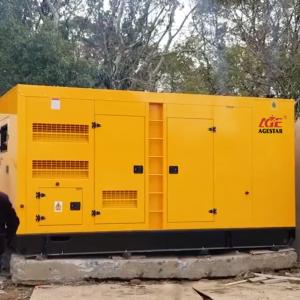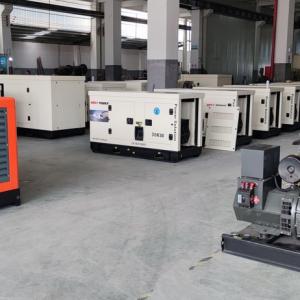What is motor temperature rise? What is the relationship between temperature rise and insulation grade?
Temperature rise refers to the maximum allowable temperature rise of the motor compared with the surrounding environment. The iron core of the running motor in the alternating magnetic field will produce iron loss, copper loss after the winding is energized, and other stray losses, which will increase the motor temperature. While the motor is heating, it will also dissipate heat. When the heating and heat dissipation are equal, it will reach an equilibrium state, and the temperature will no longer rise and stabilize at a level, which is what we often call thermal stability.
When the heat is increased or reduced, the balance will be broken and the temperature will continue to rise. We must take heat dissipation measures to make the motor reach a new balance again at another higher temperature, but the temperature difference, that is, the temperature rise, has increased than before. "Temperature rise" is an important parameter to measure and evaluate the heating degree of the motor. If the temperature rise of the motor suddenly increases during operation, it indicates that the motor has failed.
Temperature rise and insulation grade
Insulation performance is a key index of motor, which comprehensively reflects the safe operation performance and design and manufacturing level of motor. The thing with the weakest temperature resistance in the motor is insulating materials, such as enameled wire. There is a limit to the temperature resistance of insulating materials. Within this limit, the physical, chemical, mechanical, electrical and other properties of insulating materials are very stable, and their working life is generally about 20 years. If the operating temperature approaches or exceeds the limit working temperature of the material for a long time, the aging of the insulation will be aggravated and the service life will be greatly shortened.
Insulation grade refers to the highest heat-resistant grade of insulating materials. According to the heat-resistant temperature of insulating materials, it can be divided into grades y, a, e, B, F, h and C from small to large.
If the insulation grade of the motor is B, it means that the maximum temperature that all insulation materials in the motor can withstand is 130 ° C.
If the insulation grade of the motor is e, it means that the maximum temperature that all insulation materials in the motor can withstand is 120 ° C.
Note: this temperature refers to the maximum withstand temperature of the insulating material, not the surface temperature of the motor.
China stipulates that the standard ambient temperature is 40 ° C, so it can be calculated that the maximum allowable temperature rise of motor with class B insulation is 130-40=80 ° C.
Relationship between temperature rise and temperature and other factors
For the motor in normal operation, theoretically, its temperature rise under rated load should be independent of the ambient temperature, but in fact, it is still related to the ambient temperature, altitude and other factors.
When the temperature drops, the copper consumption will be reduced due to the decrease of winding resistance, so the temperature rise of normal motor will be slightly reduced.
For self cooling motors, the temperature rise will increase by 1.5~3 ℃ for every 10 ℃ increase in ambient temperature. This is because the copper loss of winding increases with the increase of temperature. Therefore, the temperature change has a great impact on large motors and enclosed motors.
For every 10% increase in air humidity, the temperature rise can be reduced by 0.07~0.4 ℃ due to the improvement of heat conduction conditions. When the air humidity increases, attention should also be paid to the moisture-proof problem of the motor in non operating state.
When the motor operates at high altitude, the altitude is 1000m, and the temperature rise increases by 1% of its limit value per 100m.
A good motor product should consider both temperature rise and temperature to ensure that the performance index and service life of the motor meet the requirements.





